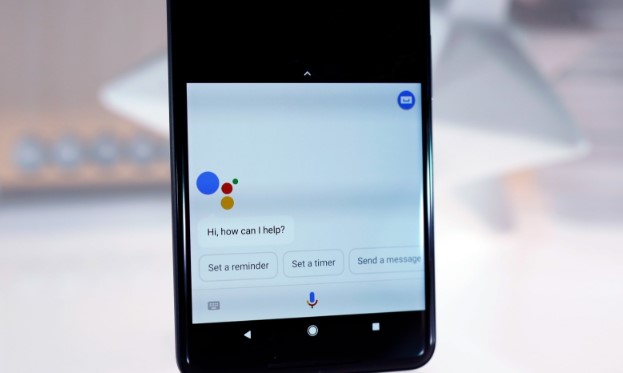
Google’s Now Playing song recognition was clever when it premiered late in 2017, but it had its limits. When it premiered on the Pixel 2, for instance, its on-device database could only recognize a relatively small number of songs. Now, however, that same technology is available in the cloud through Sound Search — and it’s considerably more useful if you’re tracking down an obscure title. The system still uses a neural network to develop “fingerprints” identifying each song, and uses a combination of algorithms to both whittle down the list of candidates and study those results for a match. However, the scale and quality of that song matching is now much stronger.
As everything is taking place on servers rather than your phone, Google isn’t facing constraints on processing power or storage with Sound Search. It’s combing through roughly 1,000 times as many songs, and is using a neural network four times larger. It also increased the number of dimensions (that is, details in the fingerprint) to reduce the amount of work, and doubled the density of those fingerprints (to increase the chances of a match). The result is song recognition that can search a much wider range of tunes and produce matches considerably sooner.
The company acknowledges that there’s still work left. Its methods aren’t good at picking up sound in particularly loud (or quiet) spaces, and it isn’t as quick as it could be. This might not make you drop Shazam if you’re already a regular user. This could, however, be just what you’re looking for if you need to identify a catchy song and prefer Google’s ecosystem.

